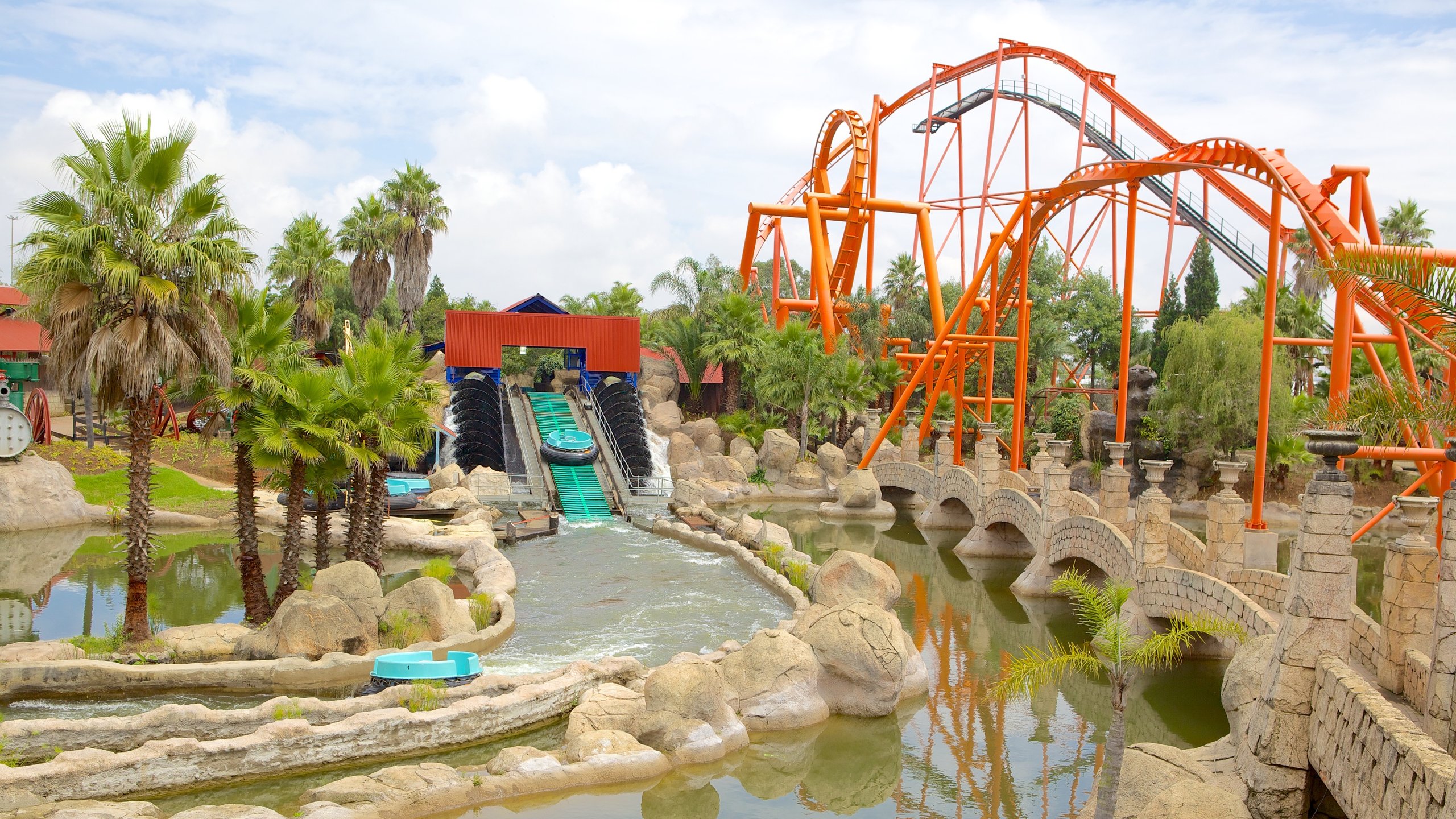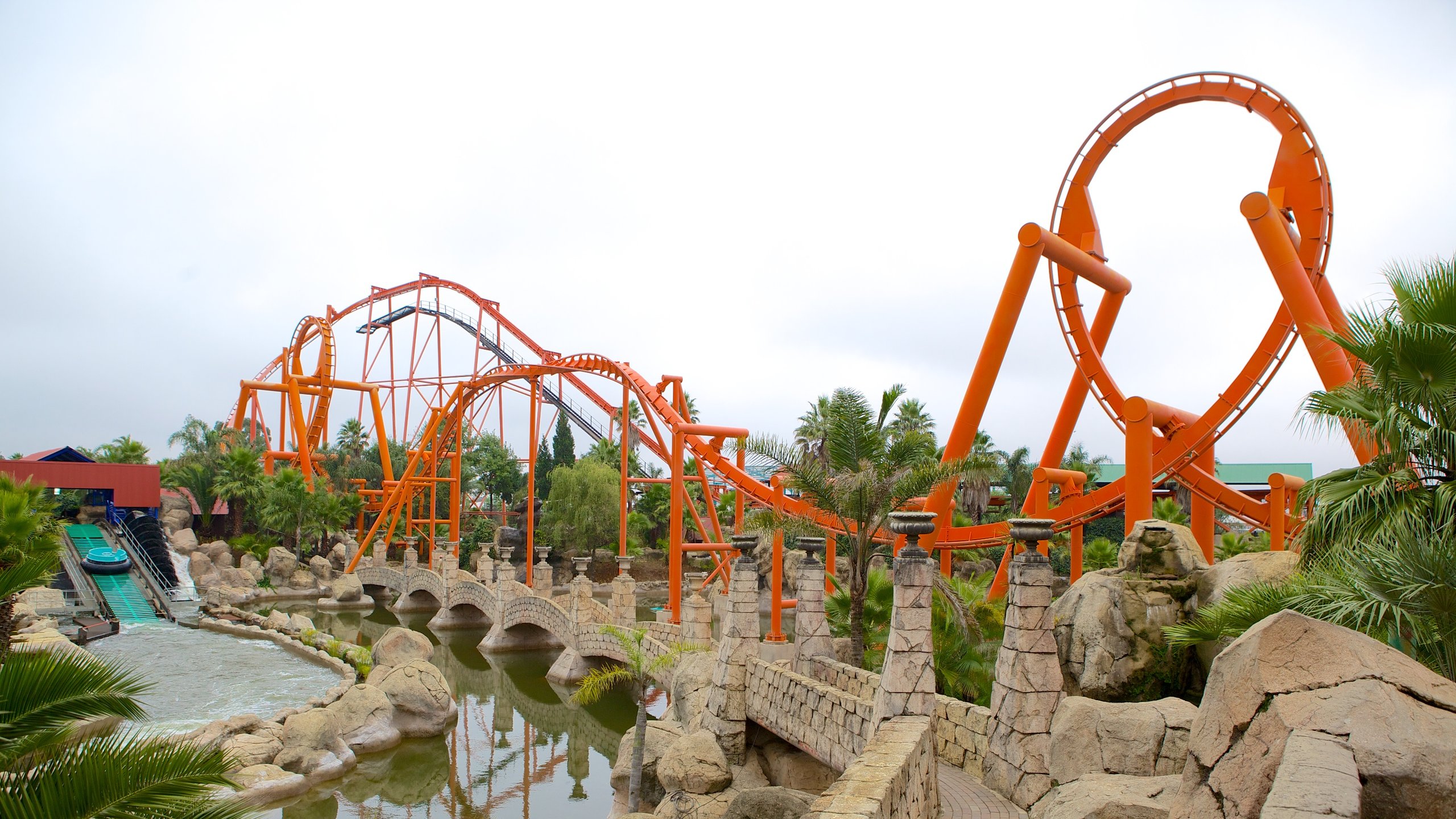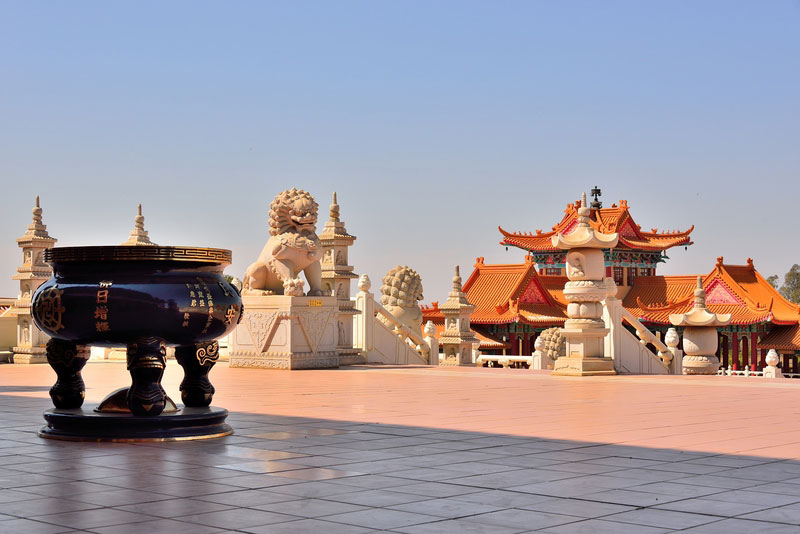The 20-Second Trick For Johannesburg North Attractions
Table of ContentsThe smart Trick of Johannesburg North Attractions That Nobody is DiscussingGetting My Johannesburg North Attractions To WorkThe 2-Minute Rule for Johannesburg North AttractionsIndicators on Johannesburg North Attractions You Should KnowSome Known Factual Statements About Johannesburg North Attractions The Ultimate Guide To Johannesburg North AttractionsThe Best Guide To Johannesburg North Attractions
You need to keep security in mind and visitors need to remain sharp at all times when in strange environments. Talk to the locals when you are in community to discover the area you are remaining in. Johannesburg North attractions. When on the road (this doesn't relate to shopping malls and other secure environments) best basic advice is to attempt your finest to appear like a neighborhood and to avoid displaying any kind of type of wealth
The 6-Second Trick For Johannesburg North Attractions
Professor Revil Mason O. J. (Thomson, 1946) discovered the Witwatersrand's pre-colonial background. His archaeological job took off the 'em pty land' misconception, according to which the area was devoid of human habitation before the arrival of European settlers. In his magazines Prehistory of the Transvaal: A Document of Human Task (1962) and Origins of Black People of Johannesburg and the Southern Western Central Transvaal AD 3501880 (1986 ), Professor Mason showed the level of social and financial development in the area before Europeans established foot right here.

Getting The Johannesburg North Attractions To Work
In 1878, David Wardrop found gold in quartz capillaries at Zwartkop, north of Krugersdorp. In 1881, Stephanus Minnaar came across gold on the farm Kromdraai, near the Cradle of Humankind.
In March 1886, a protrusion (soon to be called the Key Coral reef) was found, rather luckily, on Gerhardus Oosthuizen's ranch Langlaagte. Some say that the Lancastrian coal miner George Pedestrian found this coral reef. One more itinerant English miner, George Harrison (who had actually previously functioned in Australian mines) obtained a prospecting permit in respect of Langlaagte in May 1886.
He made a decision to proceed in a pursuit for greener fields, and disposed of his Langlaagte claim for the baronial sum of 10. Alas: underneath lay the wealthiest goldfield ever found. The discovery of this abundant auriferous coral reef prompted a gold thrill that indicated completion of agrarian tranquillity in the southerly Transvaal.
It visit the site would certainly, within 6 years, become the largest town in southern Africa. Within a decade, it would make the Z. A. R. until then an anarchical and bankrupt little state the most affluent country in Africa. By the turn of the century, the Z. A. R. was to surpass Russia, Australia and the United States of America to come to be the globe's leading gold manufacturer, producing even more than a quarter of the world's gold.
All about Johannesburg North Attractions
It was understood as Ferreira's Camp, called after Colonel Ignatius Ferreira. He was a Boer adventurer upon whom the British authorities had actually bestowed the status of Friend of one of the most Differentiated Order of St Michael and St George (qualifying him to the post-nominal letters C. M. G.) in thankfulness for his duty in the war that had deposed the Pedi king Sekhukhune in 1879.
Quickly the camp was teeming with outdoors tents and wagons as novices showed up daily from far and wide. By September 1886, some 400 individuals stayed in Ferreira's Camp, which soon flaunted upreared iron and hardwood buildings. Two other camps were developed: Meyer's Camp on the farm Doornfontein, and Paarl Camp. The latter was nicknamed Afrikander Camp; many individuals from the Cape Nest settled there.

Johannesburg North Attractions Fundamentals Explained
This name got currency by word of mouth, such that the State Secretary affirmed the name to the view it Mining Commissioner on 9 October 1886. Stands in the town were auctioned on 8 December 1886. While some stands were marketed for 10, others were torn down for as low as sixpence.
2 years later, these erven were to transform hands for as high as 750 each. The tented camps dwindled as a dorp of corrugated iron buildings established and increased north of the mines situated along the Main Coral Reef Roadway. Locations such as Jeppe's Town (where working-class immigrants erected their residences) and Doornfontein (where the affluent new 'Randlords' began to build their extravagant houses) were quickly included to the ever-expanding map of the town.
Johannesburg North Attractions for Beginners
Besides the street names, there were no indications of Johannesburg being situated in a Dutch-speaking country. Several years later on, C. W. Kearns O. J. (among the very first young boys signed up at St John's College in 1898) would remember: 'An unusual fact about Johannesburg was that, although it remained in the [Boer Republic], almost everyone talked English and even the Government slaves resolved one in English, unless they were very first attended to in the Taal (or Reduced Dutch)'.
As such, Britain had a rate of interest in making certain optimum conditions for gold manufacturing on the Witwatersrand, and that the gold was exported to London instead of Berlin an essential made even more clamant by the Z. A. R - Johannesburg North attractions.'s increasing toenadering with Germany. Mine owners got on a crash program with Head of state Kruger, whose plan of monopolistic concessions (often approved to his cronies) prevented mining business from acquiring supplies of materials (particularly dynamite) and work on their very own, less costly terms
Everything about Johannesburg North Attractions
In 1890, the Volksraad had actually limited the franchise business to white males who had resided in the Z. A. R. for fourteen years or longer, hence invalidating most of the immigrants (that happened to be the major factors to the fiscus). Agitation for the vote was a plain pretext for promoting a various click for source schedule; most uitlanders concerned themselves as momentary site visitors and had no objective of staying in the Z.